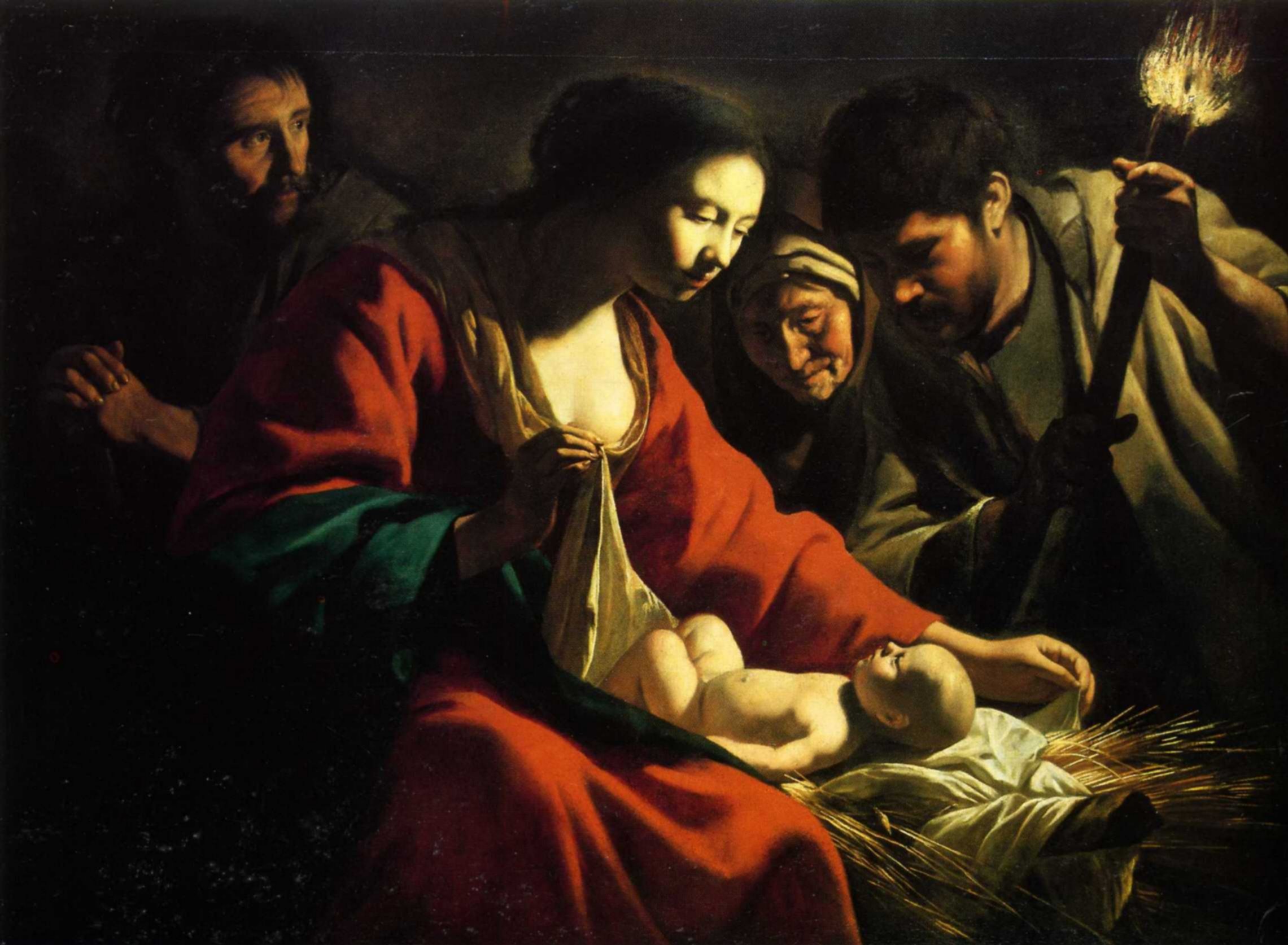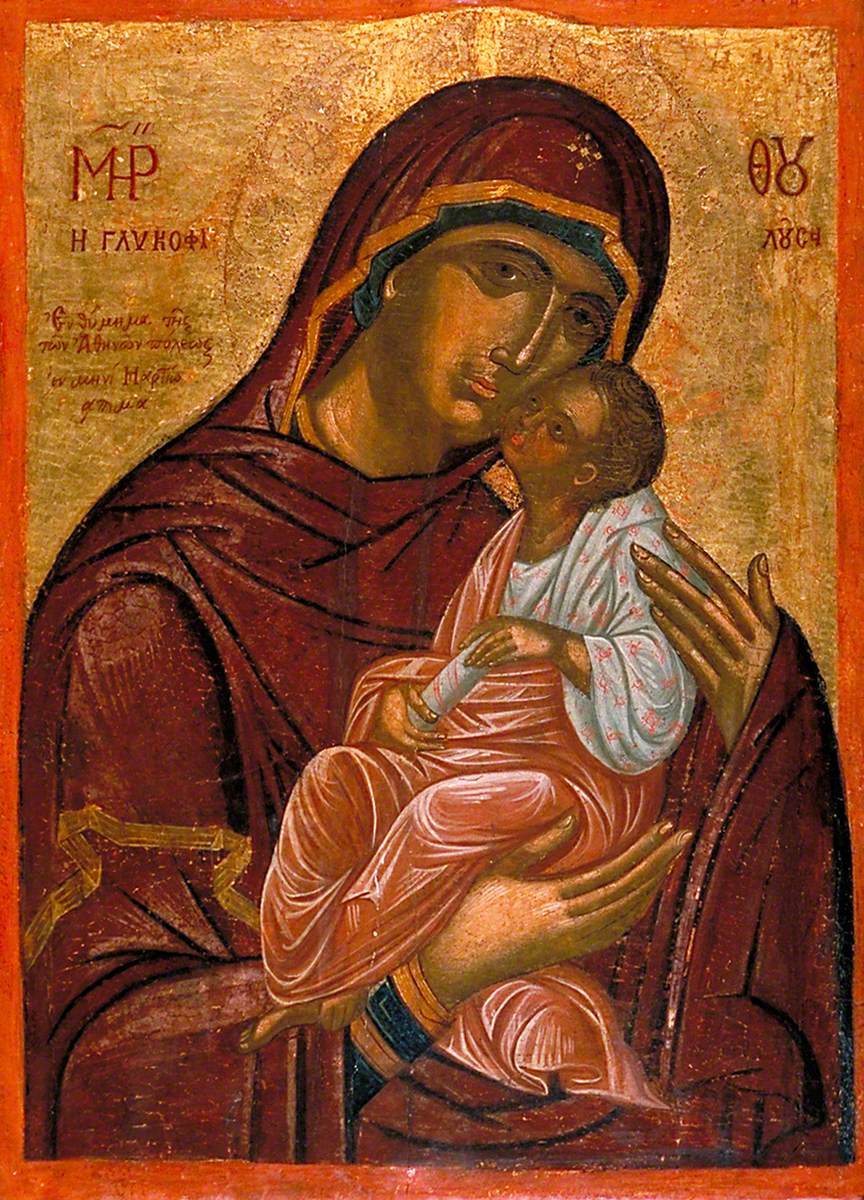This has been a hard month for our family. We lost two dear friends: our cat Mocha on March 9, and our son Mark’s cat Diana this past Saturday. Mocha came to us fifteen years ago, as a kitten so tiny that Wendy brought her home cupped in one hand. She was so playful and hyperactive that I joked we should name her “Ritalin”–but her coffee and cream coloring made Mocha a more fitting (yet suitably caffeinated) substitute.
Diana, named for the goddess of the moon and the hunt, was eighteen–a venerable age for a cat. She moved with our family from Ashland to Pittsburgh, and then moved out with our son Mark when he left home. But wherever she lived, Diana always carried herself with the dignity of a queen, accepting adoration as her due, and graciously conferring affection upon her subjects.
It was hard to say goodbye. We wept in the veterinarian’s office, praying, holding one another, and stroking these dear friends as they breathed their last. The end of these wee, wild lives is tragedy enough. But it has also been a hard reminder that all things end–and that we, too, will one day die.
Friends have offered solace. Many, in their well-meant words of comfort, simply assumed that Mocha and Diana had gone on to another life. Others asked me what I believed, as a Christian pastor and a Bible Guy. Do animals have souls?
Many will be confident that the answer to that question is “no.” Surely, the soul is what distinguishes we humans from the animals. Some would point, as evidence, to Genesis 2:7:
And the Lord God formed man of the dust of the ground, and breathed into his nostrils the breath of life; and man became a living soul (KJV).
The problem (as it so often is) is a matter of translation. The Hebrew phrase rendered “living soul” in the KJV is nephesh khayyah. The NRSV instead reads “the man became a living being,” while CEB simply has, “the human came to life.” Intriguingly, the phrase nephesh khayyah is used for the animals as well in Genesis 2:19 (there, the KJV renders it “living creature”). Not only the human (Hebrew ‘adam) but “all the wild animals and all the birds in the sky” are nephesh khayyah. So if nephesh means “soul,” then the animals have them, too.
But while nephesh is sometimes translated as “soul,” it never refers to some separate, separable, supernatural part of the self. Its basic meaning has to do with breath; in fact, nephesh can sometimes mean something as narrow and specific as “throat” (for example, Habakkuk 2:5; Jonah 2:5[6]). Most commonly, nephesh simply means “self.” So, a corpse can be called a dead nephesh (for example, Leviticus 21:11), while in Genesis 2:7 ‘adam becomes a living nephesh, alive and self-aware–or, as the NRSV reads, “a living being.”

What happens when we are no longer “living beings”? Where do the dead go? In the Hebrew Bible, the dead go to the underworld, or Sheol: a term that appears 66 times. But that Sheol appears only 66 times in such a huge, wide-ranging collection as the Old Testament tells us something important about the interests of the biblical writers! The Hebrew Bible is focused on life, not death or what comes after.
Sheol is no afterlife, however. The dead in Sheol are dead, removed from the living, worshipping community of Israel. So, in his thanksgiving prayer following his healing, Hezekiah says:
The underworld [Sheol] can’t thank you,
nor can death praise you;
those who go down to the pit
can’t hope for your faithfulness.
The living, the living can thank you, as I do today.
Parents will tell children about your faithfulness (Isa 38:18-19).
In the Psalms, death is not an event at the end of life, but a power that reaches back into life, to rob the living of joy and fulfillment–a power from which the righteous person prays to be delivered (Psalms 6:4-5; 30:1-3, 8-10). Death and contact with the dead were a major source of ritual defilement in the priestly worldview (Numbers 19:11-22; 31:19-24), and the cult of the dead (sacrificing to ancestors, or calling upon the dead for knowledge or for power) is universally condemned (for example, Leviticus 19:31; Deuteronomy 18:10-12; Isaiah 28:14-18; 65:2-4). Texts that affirm God’s presence in Sheol, such as Psalm 139:8 (“If I went up to heaven, you would be there. If I went down to the grave [Sheol], you would be there too!”), or that speak of death in positive terms (such as Psalm 104:28-30), are the rare exceptions to the rule.
The earliest explicit statement about a life beyond death in the Bible is Daniel 12:2, a text that in its final form dates to the second century BCE: “Many of those who sleep in the dusty land will wake up—some to eternal life, others to shame and eternal disgrace.” Notice that this passage is not about the assured immortality of the soul, but rather about the hoped-for future resurrection of the body. Indeed, the resurrection of the body at the end of the age is the teaching of the rabbis in the Mishnah, and is assumed throughout the Christian New Testament (for example, Luke 14:14; John 5:29; 11:24; 1 Corinthians 15:20-28). The creeds of Christianity, too, confess the resurrection of the body, not the immortality of the soul.
Most importantly, the accounts of Jesus’ resurrection everywhere emphasize the empty tomb (Matthew 28:11-15; Mark 16:6) and the physical, tangible nature of the risen Jesus, who displays in his body the wounds of crucifixion, invites his friends to touch him, and even shares a meal with them (for example, Luke 24:36-43; John 20:26-29). The risen Jesus is not Jesus’ ghost, but Jesus himself: the same Jesus who was crucified.

This Sunday marks the beginning of Holy Week, leading us inexorably to Golgotha, and the cross. The entire witness of Scripture resists any attempt to shy away from Good Friday’s grim finality. Jesus will suffer and die here–as all of us will one day die. On Easter Sunday, we will celebrate the joyous surprise of his resurrection, but that the resurrection is a surprise–a glorious, grand, miraculous, and unexpected gift–must not be forgotten. Death is real. But so is life.
So–what do I believe happens when we die? I believe in the resurrection of the dead. That means, first of all, that I believe that the dead really die: not only Mocha and Diana, but those saints whom I have loved. One day soon, I too will really die. But I am also certain that the last word belongs to the Lord of life. The God who raised Jesus can, and will, raise us up at the end of the age, in the world to come.
What will happen in the meantime? Will I sleep, as Luther believed? Will there be the opportunity to strive further toward perfection in purgatory, as Catholic dogma holds? Frankly, I do not know. But like Paul, I believe that nothing can separate me from the love of God in Christ Jesus (Romans 8:38), and so when I leave this life, I will be with him (Philippians 1:23). I remember Jesus’ words to the thief on the cross, “today you will be with me in paradise” (Luke 23:43), and whatever that may mean, I trust him not to let me go.
Christian theologian Jurgen Moltmann puts it this way: “The immortality of the soul is an opinion – the resurrection of the dead is a hope.” Christian hope is not Pollyanna optimism–a saccharine denial of the hard realities of life, and of death. It is rather the confidence that we may place ourselves, our world, our future, and even our mourned and beloved dead into the hands of God, trusting that the power at the heart of all things is indeed just and loving and kind, and that nothing beautiful–not even the tiniest wild and wonderful life–will ever be lost.


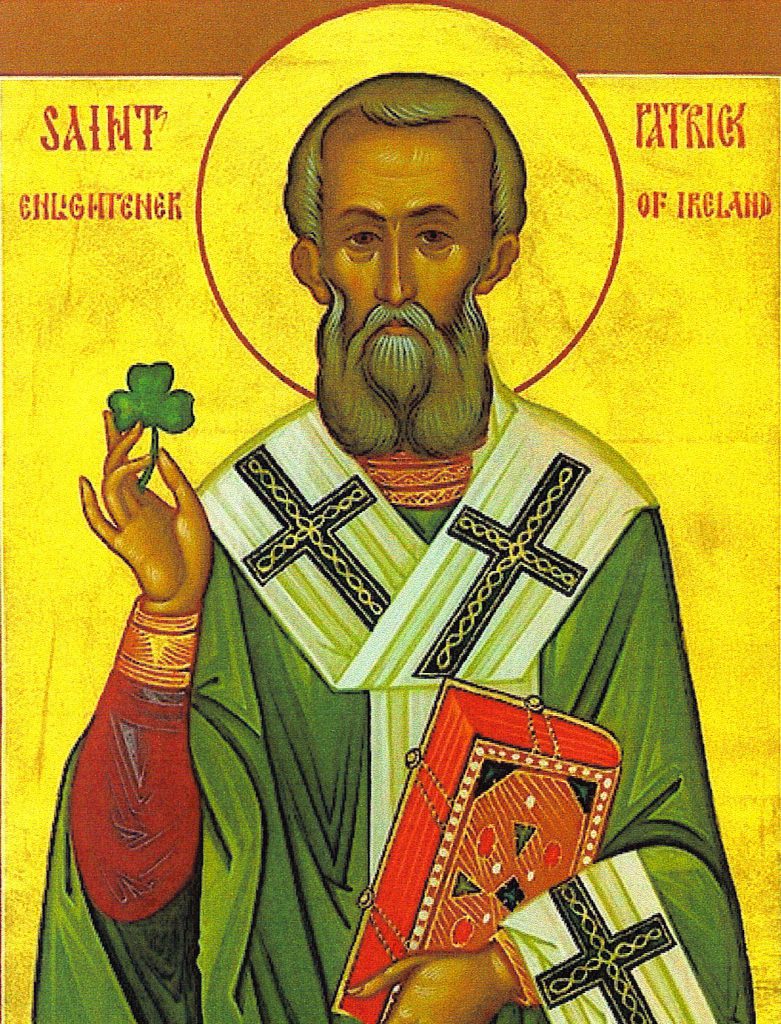
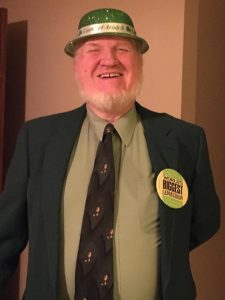

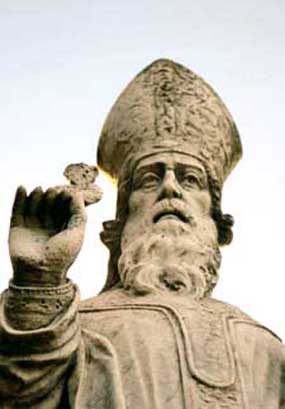
 Patrick embraces a joyful spirituality of nature, wherein a simple herb expresses the mystery of God’s nature, the vibrancy and constancy of wind and water and stone and tree witness to God’s presence and power, and the line between the human world and the animal world, between people and deer, can blur and vanish. This St. Patrick’s Day, may we too seek God first, and so find fulfillment for ourselves and for God’s world.
Patrick embraces a joyful spirituality of nature, wherein a simple herb expresses the mystery of God’s nature, the vibrancy and constancy of wind and water and stone and tree witness to God’s presence and power, and the line between the human world and the animal world, between people and deer, can blur and vanish. This St. Patrick’s Day, may we too seek God first, and so find fulfillment for ourselves and for God’s world. The horror and violence of Vladimir Putin’s unprovoked and unjustifiable invasion of Ukraine has, thankfully, unified most of the world in opposition. But it has also seen the resurrection of a read on biblical prophecy that I have not heard since I was a young Fundamentalist, in the days before the fall of the Berlin Wall and the end of the U.S.S.R. Pat Robertson of the 700 Club
The horror and violence of Vladimir Putin’s unprovoked and unjustifiable invasion of Ukraine has, thankfully, unified most of the world in opposition. But it has also seen the resurrection of a read on biblical prophecy that I have not heard since I was a young Fundamentalist, in the days before the fall of the Berlin Wall and the end of the U.S.S.R. Pat Robertson of the 700 Club 
 One of my earliest church memories involves a bribe. A Sunday School teacher offered a WHOLE QUARTER to any child who memorized the Beatitudes (
One of my earliest church memories involves a bribe. A Sunday School teacher offered a WHOLE QUARTER to any child who memorized the Beatitudes (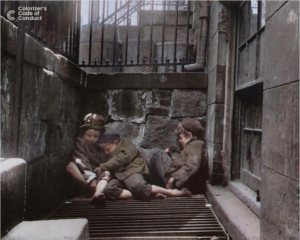


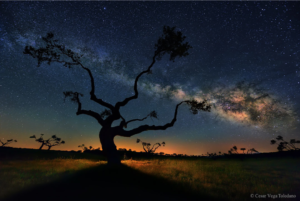

 This day, in the dead of winter, is associated with hope for the return of warmer weather–but not too soon. A “false spring” after all may be followed by a killing frost, wiping out trees that have budded too early, and threatening lambs born out of season. Therefore, sunny weather on this midwinter day (so that a groundhog can see its shadow!) is held to be a bad omen of more bleak days ahead, while cold and cloudy weather appropriate to the season augurs the swift return of sunshine and greenery.
This day, in the dead of winter, is associated with hope for the return of warmer weather–but not too soon. A “false spring” after all may be followed by a killing frost, wiping out trees that have budded too early, and threatening lambs born out of season. Therefore, sunny weather on this midwinter day (so that a groundhog can see its shadow!) is held to be a bad omen of more bleak days ahead, while cold and cloudy weather appropriate to the season augurs the swift return of sunshine and greenery.![Title: Presentation in the Temple [Click for larger image view]](http://diglib.library.vanderbilt.edu/cdri/jpeg/C_FirstSundayafterChristmas.jpg) This tapestry depicting Luke’s scene is from the Abbey Church of St. Walpurga in Virginia Dale, Colorado. Mary is in the center, followed by Joseph (in the slouch hat). Joseph carries the two turtledoves that
This tapestry depicting Luke’s scene is from the Abbey Church of St. Walpurga in Virginia Dale, Colorado. Mary is in the center, followed by Joseph (in the slouch hat). Joseph carries the two turtledoves that 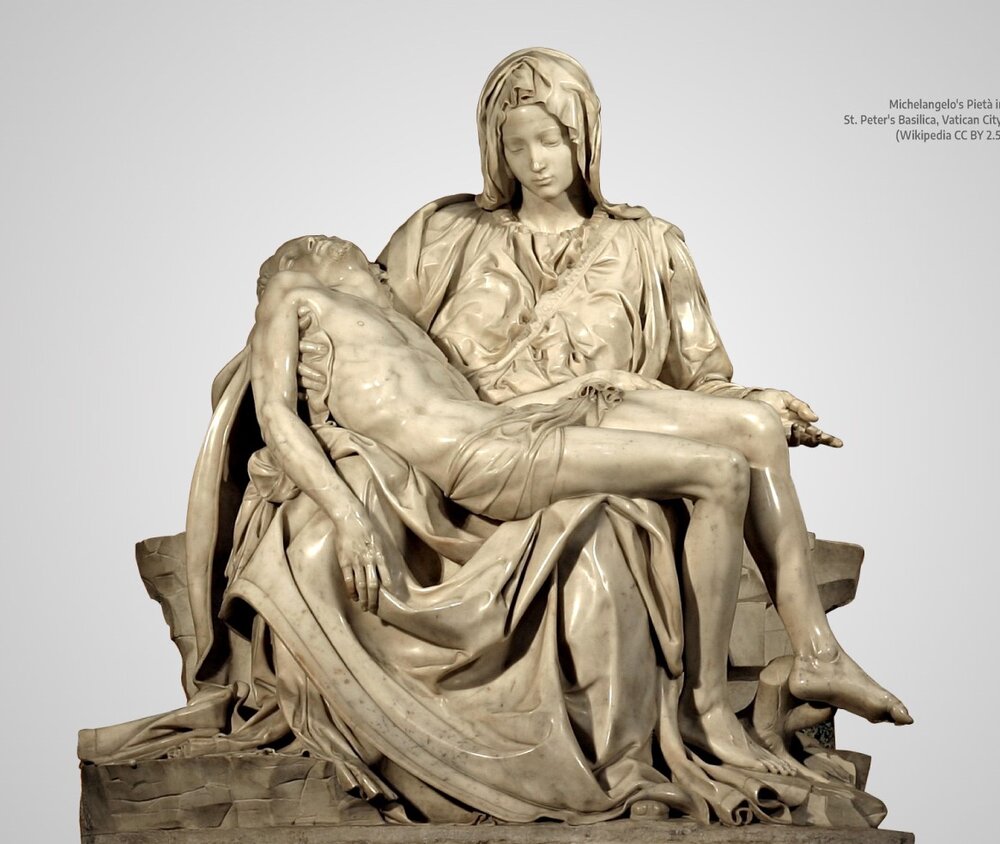 Although Jesus has come for everyone, not everyone will receive him. Simeon’s words prefigure Jesus’ coming rejection–his trial, condemnation, and crucifixion, and so Mary’s coming sorrow: “And a sword will pierce your innermost being too” (Luke 2:35). In this season after Epiphany, we rightly remember that Jesus’ way leads us to God’s light–but that way must pass through the darkness of the cross. Simeon offers no illusions that God’s salvation comes easily, without opposition or conflict.
Although Jesus has come for everyone, not everyone will receive him. Simeon’s words prefigure Jesus’ coming rejection–his trial, condemnation, and crucifixion, and so Mary’s coming sorrow: “And a sword will pierce your innermost being too” (Luke 2:35). In this season after Epiphany, we rightly remember that Jesus’ way leads us to God’s light–but that way must pass through the darkness of the cross. Simeon offers no illusions that God’s salvation comes easily, without opposition or conflict.
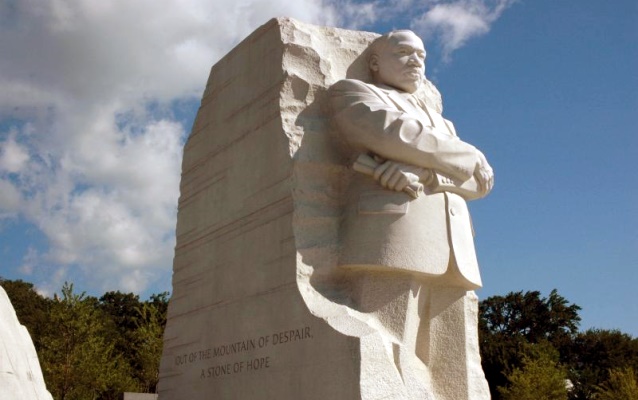
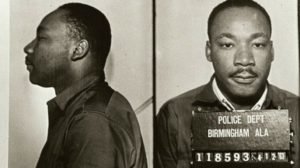
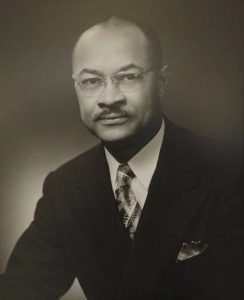
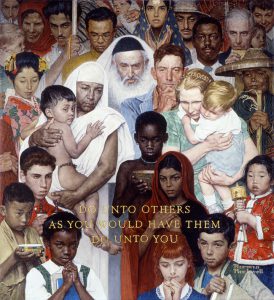
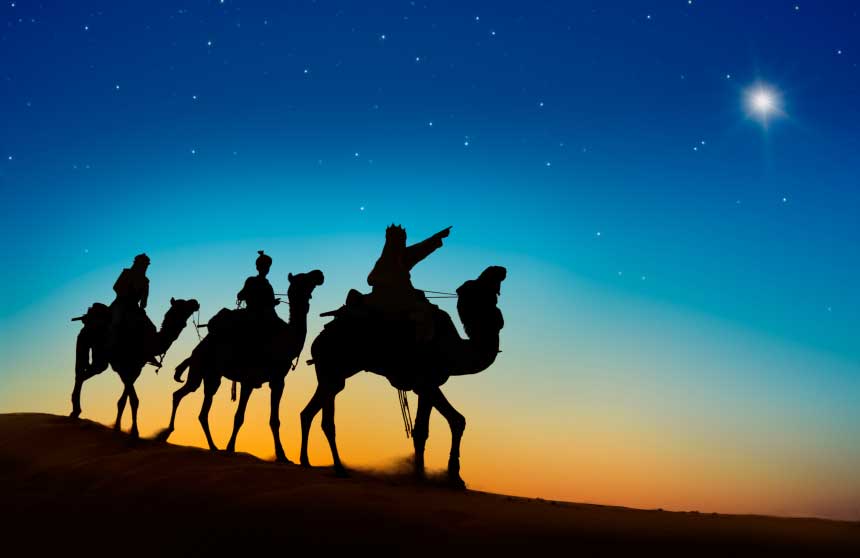 For Western Christians, January 6 was the Feast of the Epiphany: a day associated particularly with the light of the star that guided the wise men (or, as the CEB and the NRSV Updated Edition more accurately read, the Magi) to the Christ Child (see
For Western Christians, January 6 was the Feast of the Epiphany: a day associated particularly with the light of the star that guided the wise men (or, as the CEB and the NRSV Updated Edition more accurately read, the Magi) to the Christ Child (see 
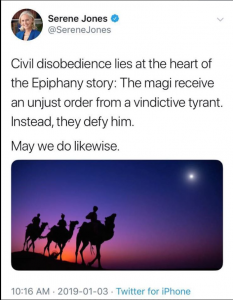
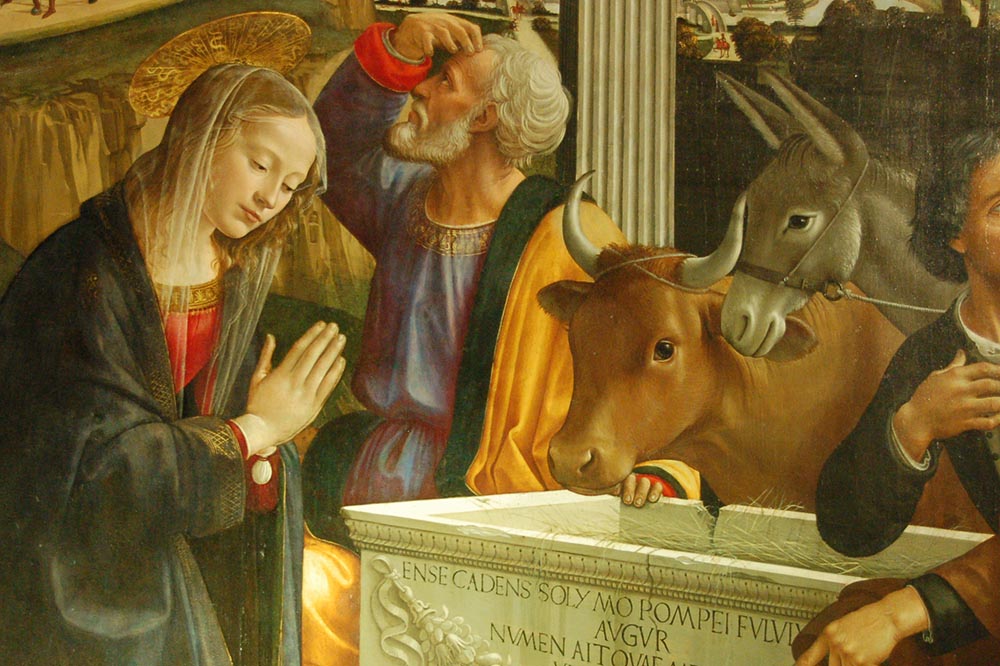 Whether because my attention was drawn to the music rather than the words, or because I let the beautiful Latin phrases wash over me without worrying about what they meant, I am ashamed to confess that I only recently realized that this hymn is based on Luke’s account of Jesus’ humble birth:
Whether because my attention was drawn to the music rather than the words, or because I let the beautiful Latin phrases wash over me without worrying about what they meant, I am ashamed to confess that I only recently realized that this hymn is based on Luke’s account of Jesus’ humble birth: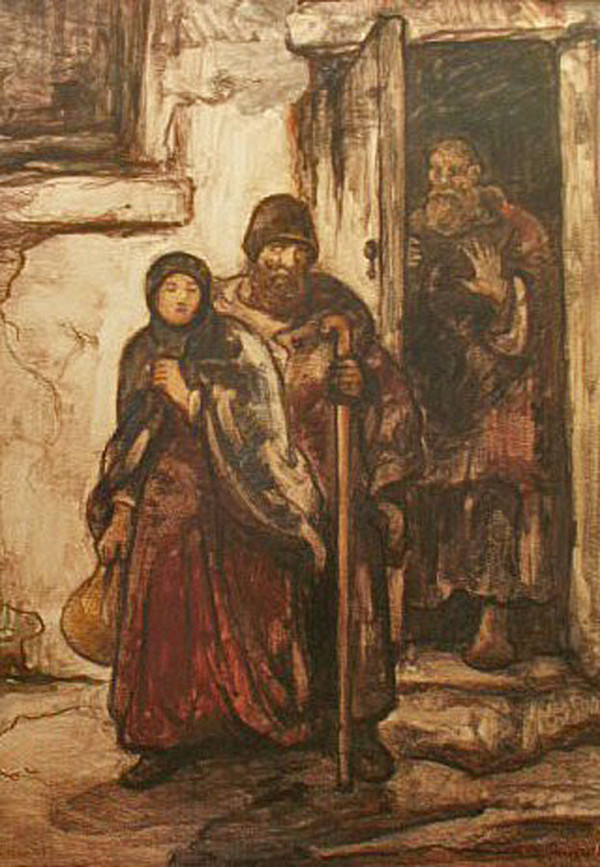
 In the Hebrew Bible reading for this fourth Sunday of Advent,
In the Hebrew Bible reading for this fourth Sunday of Advent, 